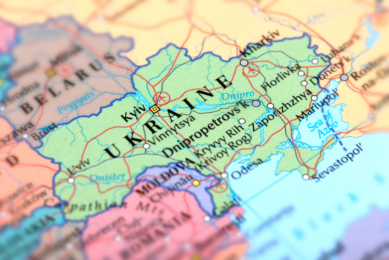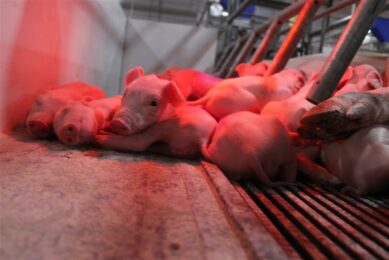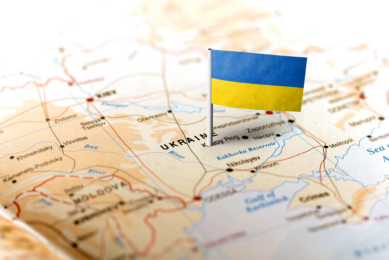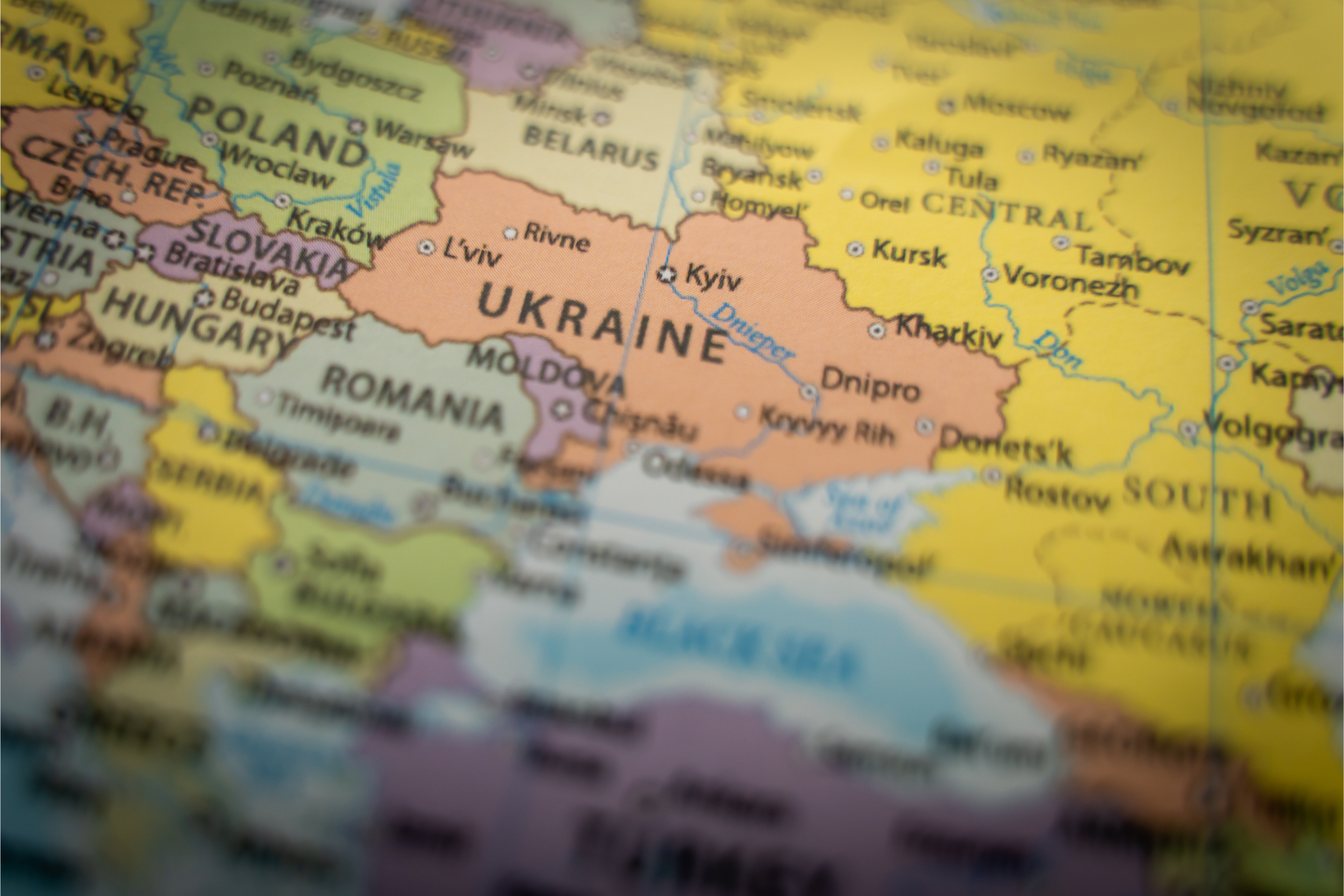Russian pig farmers brace for soaring production costs
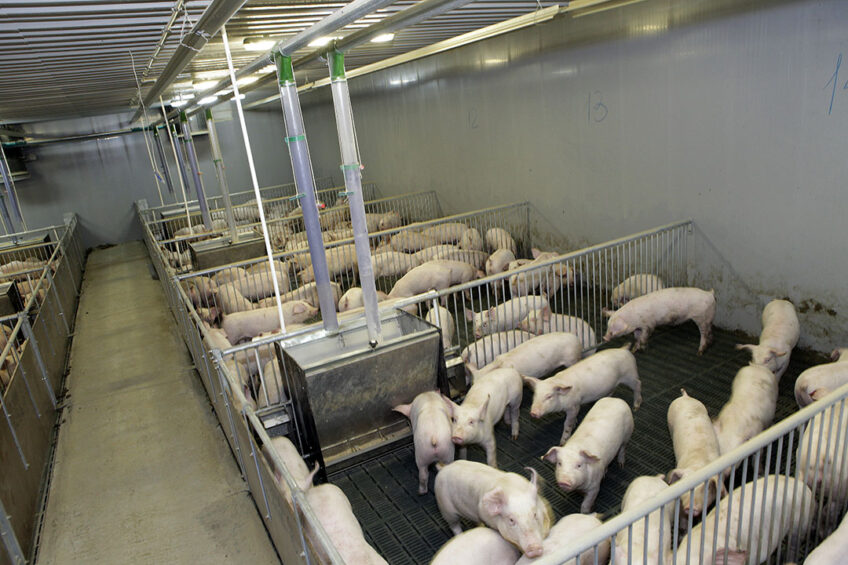
Production costs in the Russian pig industry for 2022 are projected to reach 100 to 105 roubles ($ 0.95 to $ 1) per kg, compared to 65 roubles per kg in 2019 and 85 roubles per kg at the end of 2022. This was announced by Yuri Kovalev, chairman of the Russian Union of Pork Producers, during the ProMeat Industry 2022 conference in Belgorod, Russia.
The change is not expected to be so drastic in hard currency, since the value of the Russian rouble decreased by nearly 30% since the end of February, when the conflict in Ukraine started. Despite the negative factors affecting the Russian pig industry, pork production in the country is expected to grow by on average 5% per year during the coming 2 years, Kovalev said. He added that it is extremely difficult to foresee how the current problems will impact the Russian pork market.
Future is vague
“Several scenarios are possible: population incomes may grow given the state payments, which would help farmers to partly compensate the production cost hike through an increase in prices,” Kovalev said in a follow-up statement to the Russian magazine Agroinvestor. “It could however be the other way around: a fall of employment and wages with decreasing prices, because the supply would exceed the purchasing power.”
Dozens of problems
Russian companies now have to solve dozens of problems every day, which they have never encountered before. This includes timely collection of payments from foreign partners. Sergey Yushin, executive director of the Russian National Meat Association mentioned this to Agroinvestor, adding that all foreign suppliers now demand full pre-payment of all orders. This means that pig companies need substantial financial resources to maintain their normal operations.
Disrupted logistics
Furthermore, logistics are not working properly, which leads to some deliveries being delayed, Yushin said. Kovalev also said that the Russian pig industry’s dependence on feed additives, drugs and package is not critical, but “this does not mean that there is no import at all”. He added that the shock of the first few weeks since the introduction of sanctions has passed, and suppliers are now gradually restoring.
All imported components however, are more expensive. This is the main factor driving up production costs, Kovalev said. He added that pig farmers count on state aid, which should be provided including in the form of soft loans.
Global food crisis
Yushin said that in addition to the already allocated soft loans, Russian farmers need around 75 billion roubles ($ 800 million). “The soft loans are also needed to finish current projects. If we are not able to finish these projects, we do not only get fewer resources than expected but we also lose money. iI the second half of 2022, things may become dramatic on the global food market. “We need to protect Russia from the virtually inevitable problems with food. Only by supporting agriculture, we can do that.”



